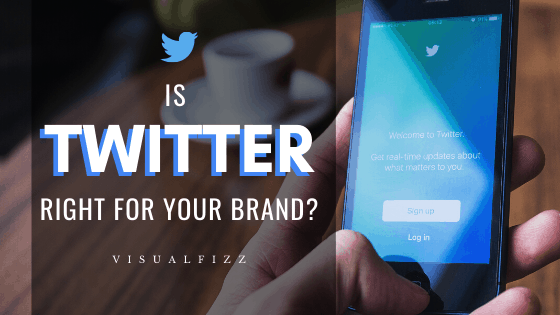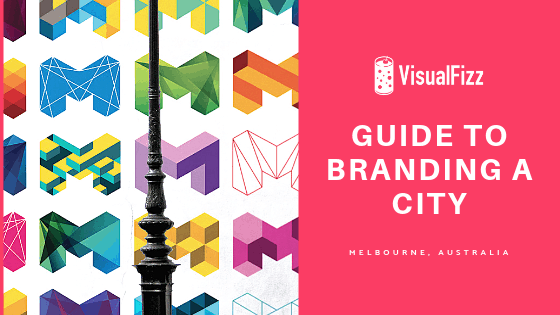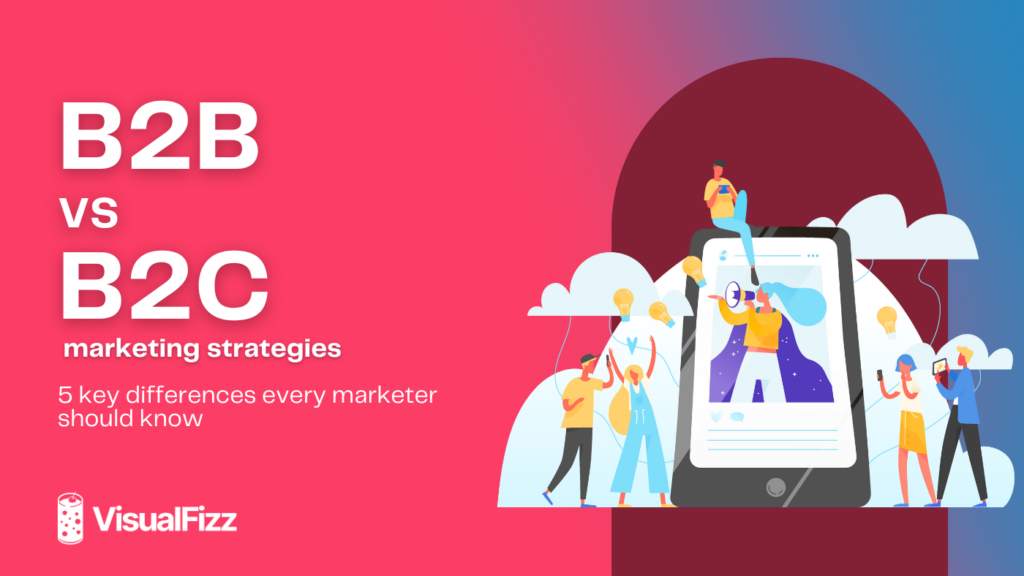
By Jessica Vician
I’m sick of Twitter. There. I said it. Now let me tell you why. I’m sick of seeing brands post the exact same branded message on Twitter that they post on Facebook. I’m sick of seeing feeds full of shared articles or retweets but nothing original. Essentially, I’m plain ol’ tired of the lack of creativity and originality from brands and individuals on Twitter.
But guess what? A large part of what I do as a social media strategist means I write Twitter posts. I work with clients who have small marketing budgets who want to be on Twitter, even if it means copying and pasting their Facebook posts (or worse, using the fb.me app to pull the Facebook post through to Twitter, even cutting it off when there are too many characters—is this really still a thing? Ugh.). I work with clients who have Twitter pages even though their posts don’t receive much engagement in the form of likes, retweets, or responses.
While I don’t think good marketing practices can always be directly measured in ROI or clicks — brand awareness and a strong online presence are immeasurably important to creating a strong brand presence, establishing a positive reputation and brand recognition, and developing customer loyalty that goes beyond the purchase point and into word of mouth marketing. Don’t get me wrong, I do think there is value in Twitter, despite how much it seems to have become a dumping ground of unoriginal content.
In fact, 35% of Twitter users say that it’s annoying when brands don’t have anything original or have a personality on their accounts.
You can see that posting too many promotions is the top annoyance, followed by slang use and not having any personality.
This unique channel must be used correctly. No fb.me apps, no copy/paste from other platforms. Twitter is not a second thought or extension of Facebook, Instagram, Snapchat, or any other social media platform. Twitter is Twitter. It is a place where brands can share concise messaging, speak directly and immediately with customers (for better or worse), and have a little fun.
Each platform has its purpose, and brands don’t have to be, nay—shouldn’t be—on all of them. I always say it’s better to really strategize for presence on a couple platforms, rather than to spread your brand (or your messaging) too thin over too many platforms. Quality over quantity, always.
So, Should Your Brand Be on Twitter?
Do You Have the Budget?
First, ask if your brand has the budget to dedicate time to engage on the platform. Whoever is running your social media (or writing your posts) should have a specific time allocation budgeted to be spent engaging on Twitter when they’re not posting. The account manager should spend a few (on the clock) minutes per day seeing what others are saying—your competitors, your clients, and people who have nothing to do with your business. Everyone has a tight budget, but make sure the person running your account has time to be present on Twitter, not just post and leave.
You wouldn’t expect an employee to attend a networking event, introduce themselves and share their spiel, and leave, would you? At the very least, you’d want them to get to know a few people and leave with a few new connections and leads. It’s the same on Twitter. Spend the money to allow them to learn your audience, your competitors, and test the climate, and you’ll be able to outperform the majority of the brands on Twitter.
Your Twitter strategy (that’s right—your social media specialist or marketing director should create a strategy before you dive in) should include a plan for community management, too. Who will be paying attention to the messages coming in from potential or current customers or replying to mentions and retweets? What response time is necessary for your industry and clientele? If your business is heavy on customer service, your response time must be prompt.
For example, an airline would need a team of multiple community managers on the clock around the clock to respond to customers with questions, negative feedback due to delays, and more. A retail store should respond to questions within minutes to avoid losing a customer. Food trucks must update their location and menu live in real time. Other brands might just need an employee checking for messages every hour. Determine if real time response rates are required for your brand or not, and if they are not, determine a response timeframe that works best for your audience, not just for you.
TL;DR: Your Twitter budget must include time for writing posts, surfing the platform a bit, and community management—not just posting and logging off.
Does Your Brand Want to Be on Twitter?
Ask yourself why your brand should be on Twitter. What content do you want to share in a concise manner with the Twitterverse? What conversations do you want to have with others on the platform? What would your brand ideally get out of being on Twitter?
If you can answer those questions pretty quickly, or they have made you think about what the platform has to offer, then maybe Twitter is a good fit for your brand. The important thing to consider is how you’ll use the platform.
Another point to consider – tone and voice. What voice will your brand have on Twitter? Will you be a little savage? Will you be one of the best in humor and accessibility? Just like a relationship, if you want to be on Twitter, you need to commit to it and to your followers. Dedicate the time, put in the effort, and you can create some great branding.
TL;DR: Why do you want to be on Twitter? If you have a good answer, then commit to the platform and your messaging on it.
Do You Care About SEO?
That might be a trick question. Of course you care about SEO! A lesser-known fact: Twitter is great for SEO, especially when used to drive traffic back to the deeper pages of your website. What’s more, search engines love to prioritize large domains like social media channels, so it’s no surprise that a brand’s social links are some of the top ranking websites when someone searches for that brand name.
“If you want to displace negative content or build a strong brand identity, Twitter can help,” says Chris Silver Smith on How to Use Twitter to Dominate the SERPs. Twitter has a unique advantage over other social media channels to demonstrate knowledge and control what is shown on the first page of search results.
But think back to our relationship metaphor: we all want to be given attention from others, but just because we want this attention, doesn’t mean we have time to nurture a relationship. Much like SEO itself, building up a community that cares about your content enough to click through to your website takes time and effort.
The thing about Twitter and SEO is that you have to post valuable tweets and earn your social credentials for those tweets to really work well for SEO. Build your followers, increase engagement with your tweets, and write like you would a blog optimized for search (want an example? Check out the VisualFizz blog) — with a strong use of exciting messaging that just so happens to contain your keywords and other media, using hashtags and @ mentions (like link-building on a blog), and with a well-crafted profile.
TL;DR: If you’re using Twitter for SEO, prepare to write posts optimized for search—not any old post will do.
Listen, social media is a great place for brands with small budgets to establish an online presence, build up a community, and even do paid advertising to gain more customers. A little bit of money can go a long way on certain platforms to get your posts—and therefore your messaging—out to those that matter the most. It’s a great way to use demographics to see who is listening to you, to use analytics to see who is engaging with you and how. To be successful, you have to be willing to dedicate time to do it right.
That time might be spent by the founder of the company, a social-media savvy employee, or by an experienced agency like VisualFizz. Whoever is running your account(s), it’s important they know what they’re doing—your brand’s Twitter page should NOT be run by a friend’s high school daughter who loves Instagram and totally has a ton of followers, or your son who follows all the celebrities on Twitter and retweets their stuff because it’s HILARIOUS and ‘so random’ and plus, he’s free. You didn’t build your business to look like a fraternity house after an all-night rager, so don’t let your public-facing image on Twitter (or any social media platform) look sloppy and hungover, either.
Do Twitter well, and your brand will reap the rewards, like stronger SEO, positive interactions with customers, and great brand recognition. Do Twitter wrong, or barely at all, and your brand will just look lazy and boring, and that’s something I simply can’t see anymore.
Publishing Date:







